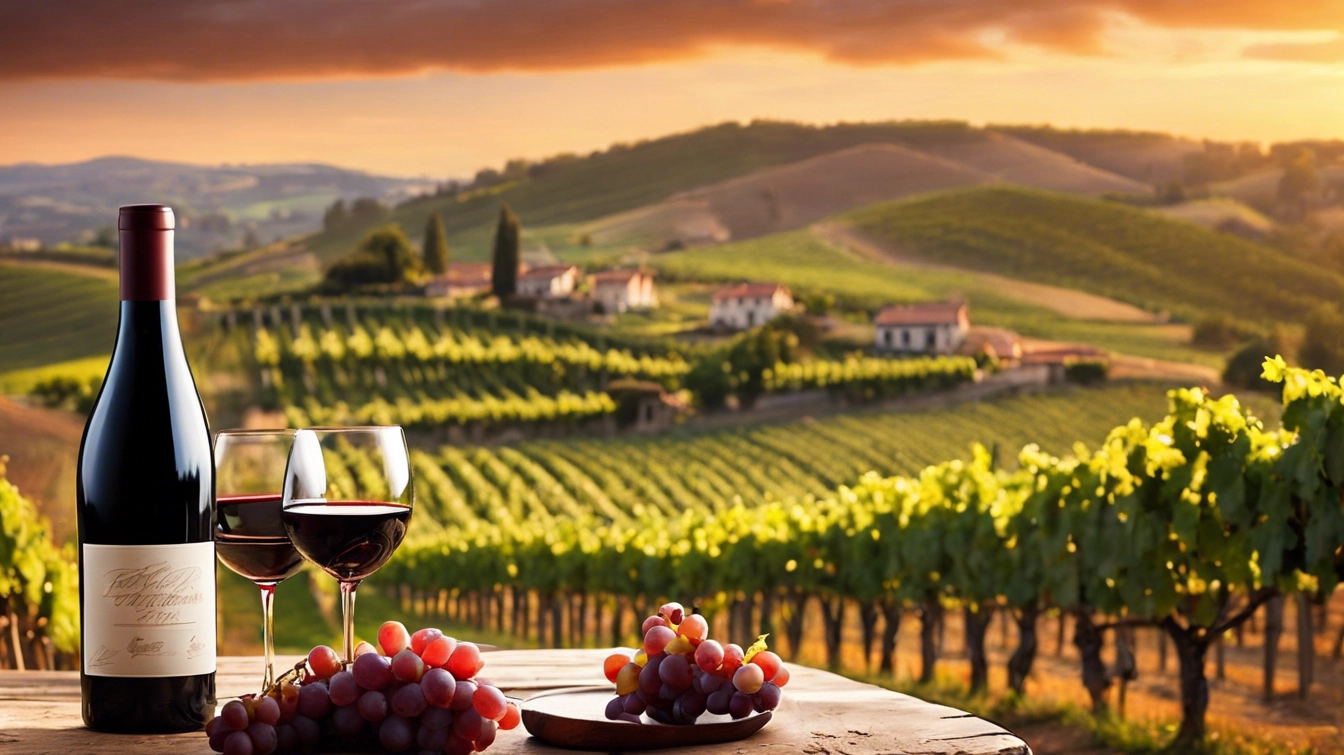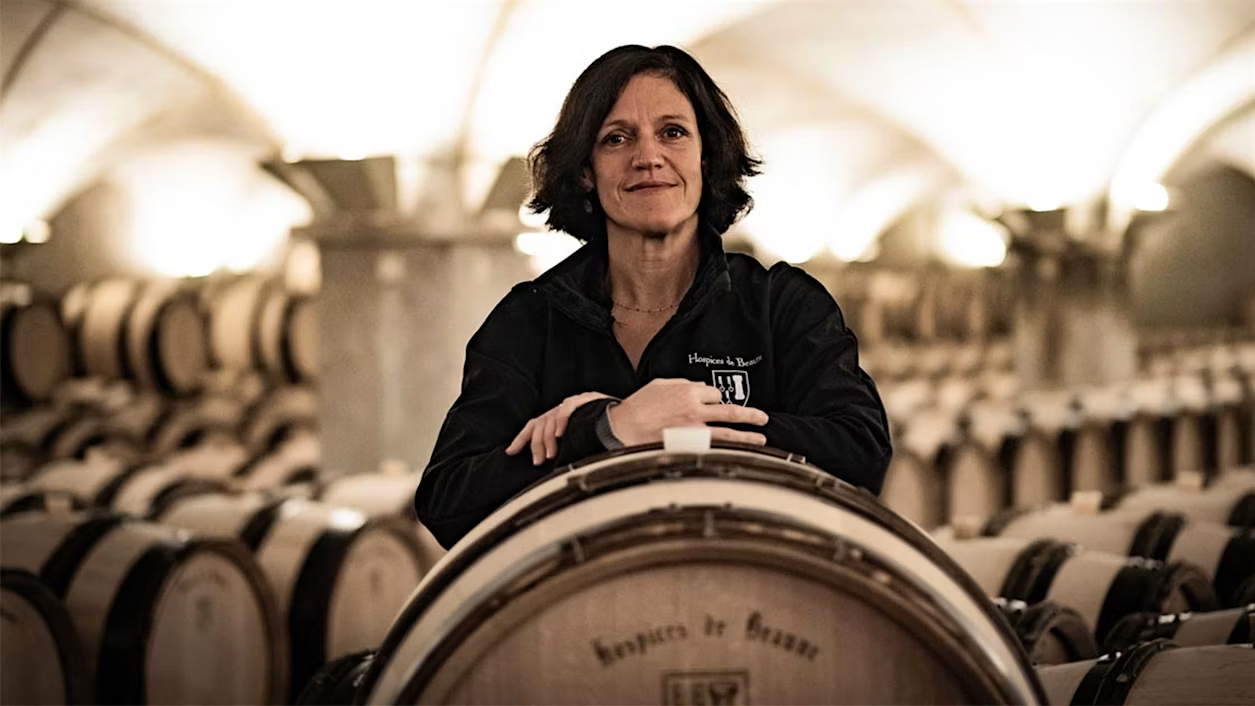The 1990s marked a transformative period in the realm of red wines, characterized by bold flavors and significant shifts in consumer preferences. During this decade, several iconic varietals emerged as favorites among wine enthusiasts. Cabernet Sauvignon and Merlot particularly stood out, with many notable wines hailing from regions such as California and Bordeaux. These varietals thrived in the warm, sunny climates of these famous wine-producing areas, resulting in rich, full-bodied wines that captured the essence of the decade.
Winemaking techniques also evolved significantly during the 1990s, with increased emphasis placed on modern practices, such as temperature-controlled fermentation and the judicious use of oak aging. Many winemakers sought to extract maximum flavor and complexity from their grapes, leading to wines that showcased deep color, robust tannins, and pronounced fruit notes. The decade also saw the rise of small, boutique wineries that focused on quality over quantity, further contributing to the era’s reputation for bold and innovative red wines.
Major events in the wine world during the 1990s had lasting impacts on industry trends. The 1997 Judgment of Paris wine tasting spurred increased interest in New World wines, as American wines began to gain acclaim alongside their Old World counterparts. This watershed moment set the stage for the global wine market’s evolution, compelling both producers and consumers to explore beyond traditional regions. As the decade progressed, consumer preferences began to shift towards more fruit-forward wines, with an emphasis on accessibility and drinkability, laying groundwork for evolving trends in the years to come.
Several standout labels and vintages emerged from the 1990s, solidifying their legendary status among aficionados. Noteworthy wines such as the 1994 Opus One and the 1996 Château Lafite Rothschild epitomized the era’s commitment to excellence and expression of terroir. Through these advancements in winemaking and the emergence of bold, flavor-packed red wines, the 1990s established a lasting legacy that continues to influence the industry today.
The 2000s: A Time of Innovation and Evolution
The 2000s heralded a transformative era in winemaking, characterized by significant innovation and evolution that reshaped consumer experiences and expectations. Sustainable and organic vineyards emerged as a response to increasing environmental awareness among wine enthusiasts. This decade saw a notable shift towards practices that not only safeguarded the planet but also enhanced the quality of the grapes produced. The implementation of these practices allowed producers to cultivate a diverse range of varietals, catering to a burgeoning market that was increasingly discerning in their wine selections.
During this period, several new varietals gained traction among consumers. While Cabernet Sauvignon and Merlot maintained their stronghold, grapes such as Syrah and Pinot Noir began to capture attention with their complex profiles and adaptation to various terroirs. This diversification in offering represented the consumers’ growing appetite for nuanced and expressive reds, marking a departure from the bolder styles that characterized the 1990s. Winemakers began to employ more refined techniques, focusing on balance, elegance, and subtlety rather than sheer power.
The impact of technology also played a crucial role in this evolution. Advanced vineyard management tools and precise fermentation techniques enabled winemakers to push the boundaries of traditional methods. Innovations such as temperature-controlled fermentation and improved filtration systems enhanced the clarity and expression of the wines, ultimately leading to a higher standard of quality across the board. As a result, numerous wines and producers rose to prominence, earning accolades and attention. Notable examples from the decade include the award-winning wines from regions previously overlooked, such as South Africa and Argentina, which showcased the globalizing nature of wine culture.
In summary, the 2000s were marked by a profound transformation in winemaking that emphasized sustainability, diversity, and technological advancement. This progression paved the way for a more discerning palate, shaping the future of red wine production in the years to come.
The 2010s: Diversity and Globalization
The 2010s marked a significant turning point in the red wine industry, characterized by an explosion of diversity and increased globalization that reshaped consumer preferences. During this decade, wine enthusiasts witnessed a remarkable array of styles emerging from both established and lesser-known regions. As consumers became more adventurous in their tasting choices, wine producers responded by experimenting with various grape varieties and blends, notably Pinot Noir and Syrah, which garnered substantial acclaim and attention in the market.
Globalization played a crucial role in this diversification. With the rise of digital platforms and social media, consumers gained unprecedented access to a wealth of information about wine. Influential critics, wine bloggers, and online rating systems emerged, allowing consumers to explore and compare a broader range of options beyond their local offerings. This democratization of wine knowledge encouraged more discerning palates, pushing producers to elevate their quality and innovate in their practices. As a result, wines from less conventional regions began to attract interest, enriching the overall red wine landscape.
The decade also saw the emergence of new wine regions that defied traditional boundaries, such as parts of South Africa, New Zealand, and South America. These regions introduced unique terroirs and flavor profiles, contributing to the global mosaic of red wine offerings. The passion for sustainability and organic practices also gained traction, appealing to environmentally conscious consumers. This commitment to quality and sustainability further diversified wine portfolios and enhanced the appeal of lesser-known varietals.
In conclusion, the 2010s revolutionized the red wine market through its embrace of diversity and globalization. Enhanced connectivity and the influence of critics and social media have reshaped consumer tastes, allowing for a richer experience in the world of red wine—all while spotlighting iconic varietals and emerging regions alike.
Today: Trends Shaping the Future of Red Wine
The landscape of red wine is continuously evolving, influenced by a myriad of factors that reflect changing consumer preferences and environmental considerations. Among the most notable trends is the rising popularity of natural wines, which are produced with minimal intervention and often eschew additives such as sulfites. This movement has gained traction among younger drinkers who value authenticity and sustainability in their choices. Natural wines are often seen as a more honest representation of terroir, allowing wine enthusiasts to experience unique flavors that vary from one vintage to another.
Additionally, the demographics of wine consumers are shifting. Millennials and Generation Z are increasingly inclined towards quality over quantity, seeking exceptional and often limited-edition red wines that align with their lifestyle choices. This has resulted in a growing demand for wines that tell a story, whether through their production methods or the regions from which they originate. Consequently, wine producers are adapting their marketing strategies to resonate with these consumers, emphasizing transparency and the craftsmanship behind their offerings.
The impact of wellness trends has permeated the wine industry as well. Health-conscious individuals are searching for wines with lower alcohol content and organic certifications, leading to the emergence of brands that focus on producing lighter, more accessible options. With this shift, winemakers are exploring innovative techniques that maintain flavor while catering to the health-oriented palate.
Looking ahead, sustainability efforts are poised to play a pivotal role in shaping the future of red wine. Many producers are investing in eco-friendly practices, such as organic farming and regenerative viticulture, to mitigate the environmental impact of viticulture and respond to consumer demand for more sustainable choices. As the next decade unfolds, it will be fascinating to observe how these trends continue to influence red wine production and consumption.
As we sip through the decades, the journey of red wine reflects not just historical significance, but also a dynamic interplay of tradition and modernity. The next chapter promises to be as intriguing as those that have come before, and an exploration of current trends offers valuable insights into what the future may hold for red wines.














Interesting read! Can the bold flavors of the 90s truly compete with todays diversity?
Can we truly say diversity in wines only started trending in the 2010s?
90s bold flavors vs todays trends, whats really defining our wine palette?
Are the bold 90s flavors truly unmatched, or have we evolved beyond them?
Interesting read! Are we overlooking any potential red wine trends from the 80s?
Interesting read! Wonder how climate change is influencing these wine trends? Surely it must have some impact on grape cultivation and taste.
90s boldness or todays trends, which decade truly redefined the red wine game?
Intriguing read! Do you reckon the 90s bold flavors could make a comeback, given the cyclical nature of trends?
Interesting read! But dont you think the 2000s innovation was more about marketing strategies than actual wine evolution? Just a thought.
Are 90s bold flavors truly outmatched by todays wine diversity evolution?
Are 90s reds really bolder, or are our palates just nostalgic? Discuss!
Is there a correlation between wine trends and global events, anyone?
Is it fair to say the 90s were bolder because of less regulation?
Interesting read! Do you think the 90s bold flavors could ever make a comeback amidst todays wine trends?
Interesting read! But arent we overlooking the influence of climate change on flavor profiles in this timeline of red wine evolution?
So, are 90s bold flavors truly superior, or just nostalgic hype?
Isnt it fascinating how wine trends parallel societal shifts? Wonder what future vintages will reflect about our era. Thoughts?
Indeed, future vintages might just reflect our obsession with technology and instant gratification.
Has anyone noticed how wine trends parallel societal shifts? Its like the evolution of red wine mirrors our own journey. Thoughts?
Funny how 90s reds were bold, yet 2010s are all about diversity. Wonder whatll be the wine buzzword for the 2030s? Aliens? 🍷👽
Maybe the 2030s will bring us Martian Merlot! Diversity in wine is a buzzword worth keeping. 🍷👽
Has wine really evolved, or are we simply romanticizing the past?
The 2000s wine evolution, was it innovation or just global influences?